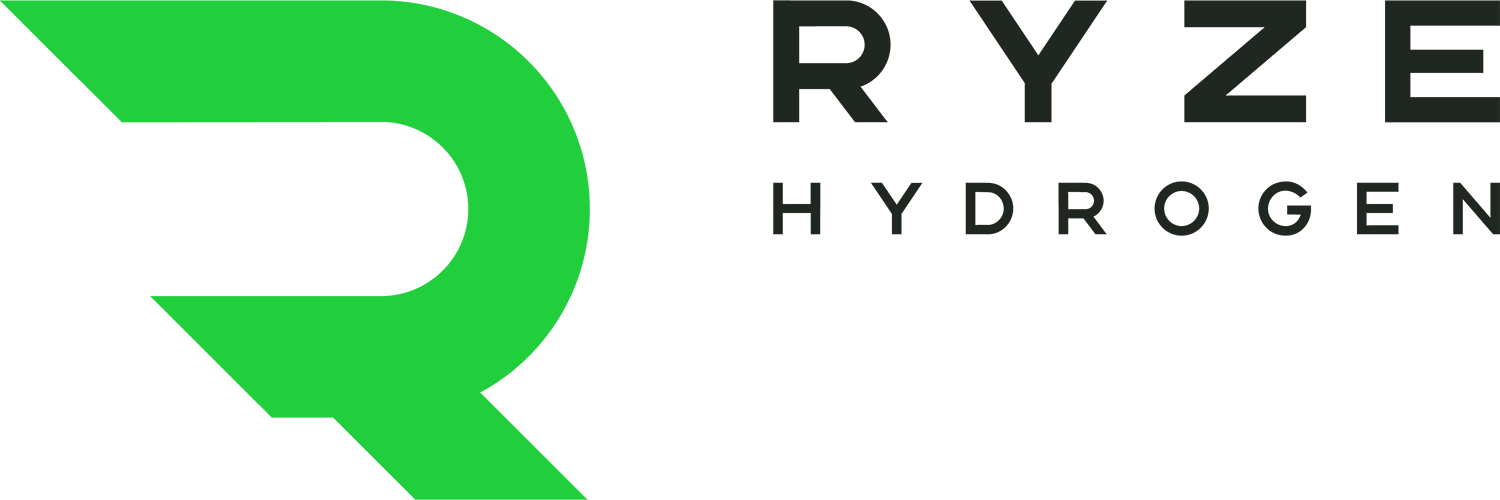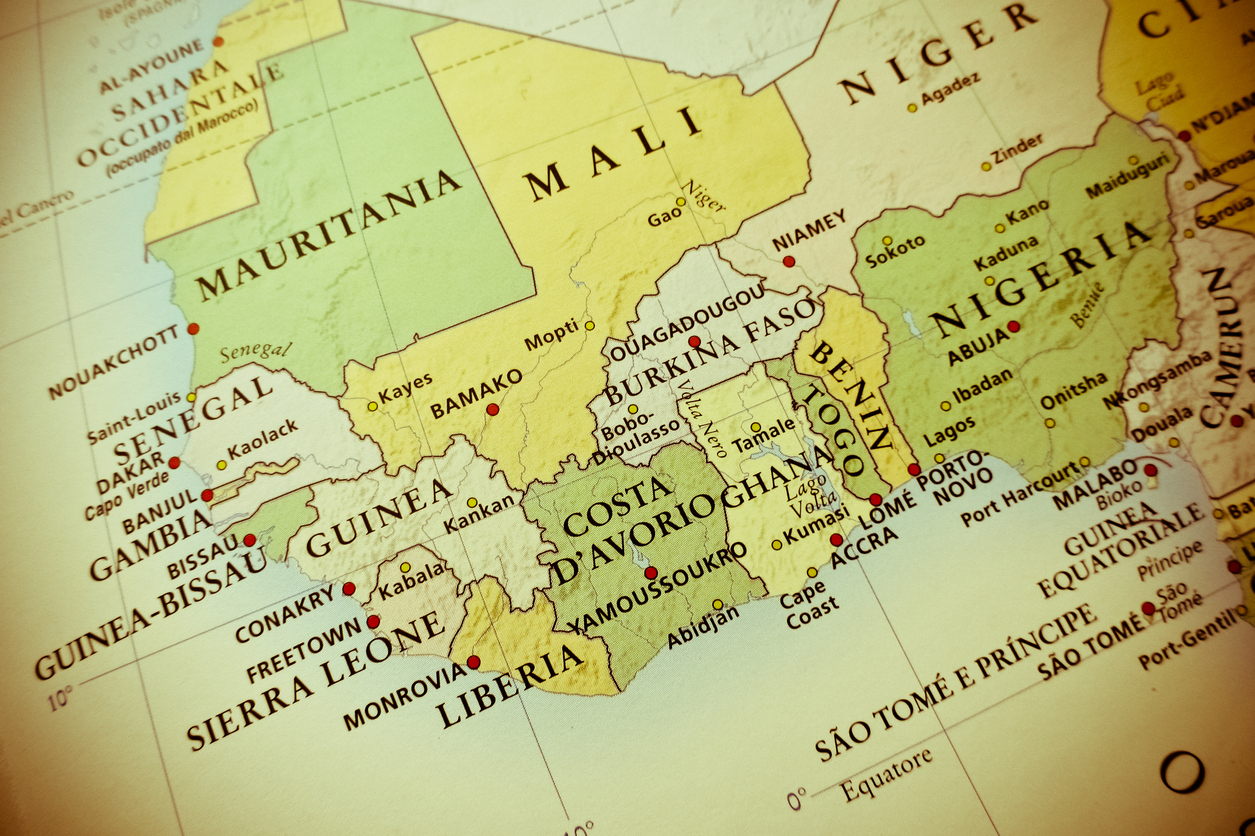Amidst the global rush to establish green hydrogen economies, researchers have highlighted a largely untapped source of the gas: natural hydrogen that is continuously produced in the Earth’s crust.
And the picturesque West African nation of Mali has witnessed a significant breakthrough, as a town has uncovered a substantial reserve of combustible gas from beneath the ground. The gas can generate a significant amount of electricity without emitting any CO2.
Aliou Diallo, an enterprising energy specialist from Mali, explored the town of Bourakébougou and identified a potentially lucrative opportunity. He observed a peculiar gas that shimmered like sparkling ocean water during the day and resembled golden dust at night, and believed it could be a source of great wealth.
In 2012, Chapman Petroleum was brought in by Diallo to investigate the gas, and they found that it was composed of 98% hydrogen. Following this discovery, Diallo’s company Petroma established a pilot unit that could convert the gas into electricity, producing water as a byproduct. This development led to the transformation of the village, which now has abundant and dependable access to electricity.
Over the past ten years, the idea of a boundless, emissions-free energy source has spurred scientists and energy corporations to action. They have scoured universities and locations around the globe for additional information regarding underground hydrogen deposits.
A scientific team released a paper in 2018 regarding the Bourakébougou hydrogen well. They examined evidence obtained from twelve exploratory wells in the area and came to the conclusion that there was a vast hydrogen field comprising of at least five overlapping reservoir intervals that contain significant amounts of hydrogen. The field spans an estimated area of over 8 kilometers in diameter.
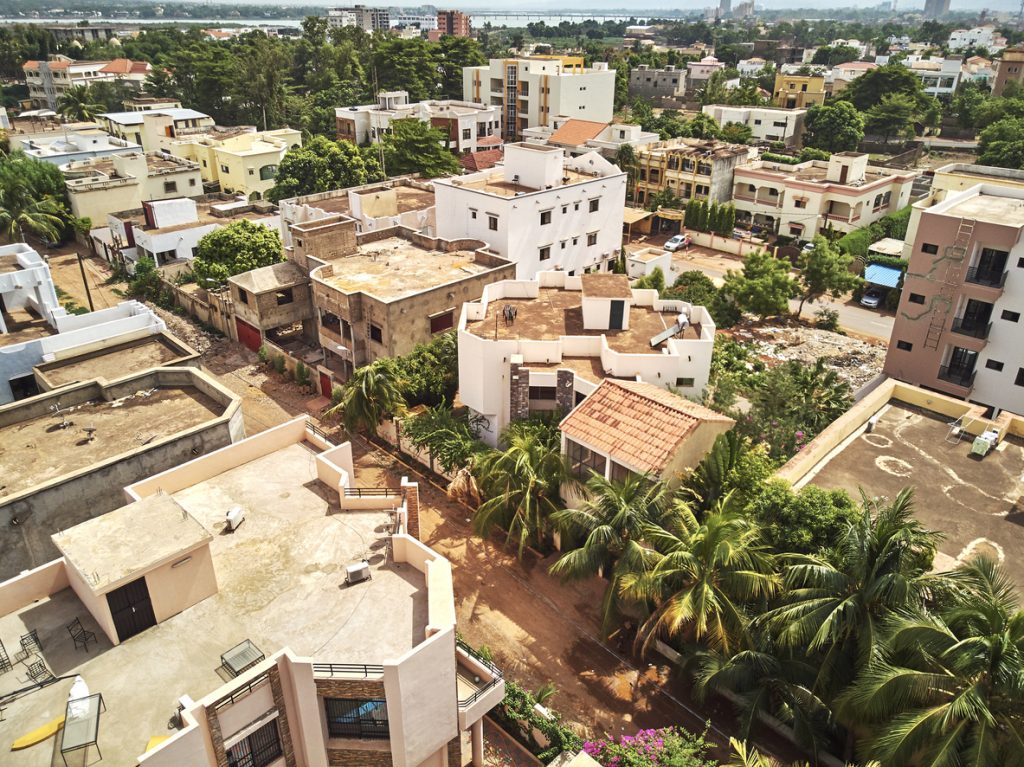
Pictured: Bamako, the capital and largest city of Mali, with a population of 1.8 million. In 2006, it was estimated to be the fastest-growing city in Africa and sixth-fastest in the world.
Additionally, the study revealed that the cost of extracting hydrogen from the Bourakébougou field is significantly lower than the cost of manufacturing hydrogen from fossil fuels or electrolysis.
According to an article in Science Magazine, the prevailing notion was that hydrogen gas reservoirs were exceedingly uncommon. While it is indeed rare to discover them in locations where energy companies search for oil and natural gas, they are potentially more widespread.
One example of such locations are Earth’s “cratons”, which are the most ancient and stable regions of the tectonic plates. Some continents, such as North America, have a single large craton that covers a significant portion of the landmass, while others have multiple cratons.
In contrast to oil and gas, which require thousands of years to form from decomposed organic matter, hydrogen gas is continually generated underground through the interaction of water with iron minerals under high pressure and temperature conditions.
Olivine is one of the iron minerals involved in this process, and it undergoes a chemical reaction known as serpentinization. During this process, olivine takes an oxygen molecule from water that seeps down from the surface of the earth, which converts olivine into serpentinite and water into hydrogen gas.
The most abundant deposits of olivine are found in the underground “greenbelt” feature of cratons. These greenbelts are believed to serve as the Earth’s hydrogen gas engine due to their high concentration of olivine.
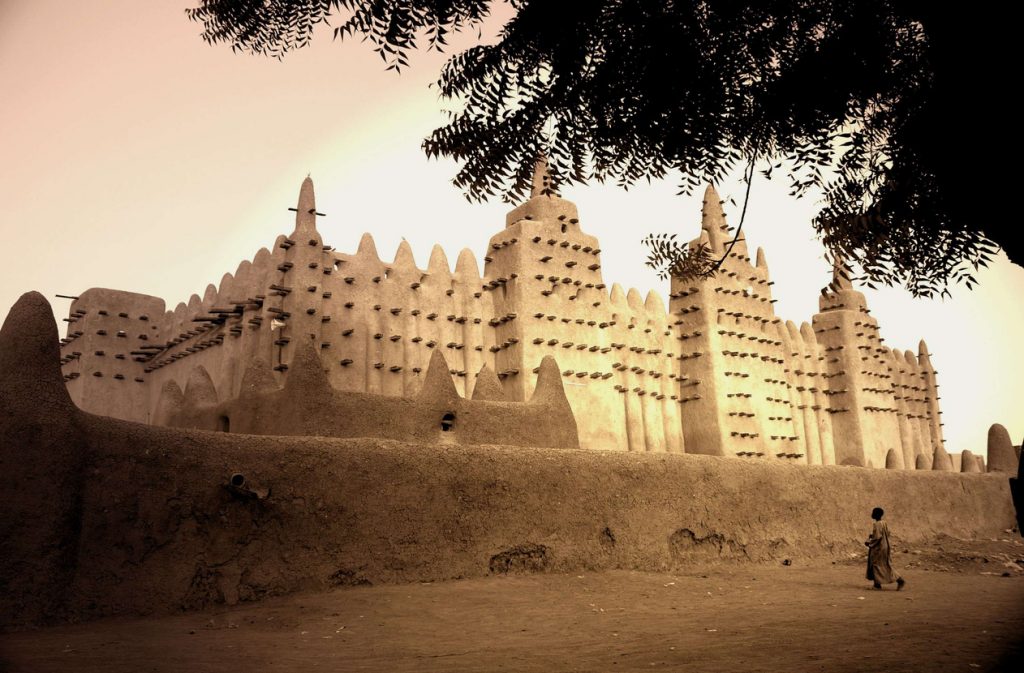
Pictured: Loam mosque in Djenné, Mali, West Africa
Hydrogen fuel is a key part of the energy transition, and is enabling us to shift away from fossil fuels, particularly heavy industrial processes, and diesel-powered transportation such as cargo ships, jet airplanes, buses, and trucks.
At present, the wells in Mali have the potential to generate hydrogen gas at a cost of 50 cents per kilogram, which is only one-tenth the cost of producing hydrogen via electrolysis using solar, wind, geothermal, or other renewable energy sources.
According to Ian Munro, CEO of Helios Aragon, a startup that is exploring hydrogen in the foothills of the Spanish Pyrenees, his break-even costs may range between 50 and 70 cents. He further noted that this could potentially revolutionise energy production.
Meanwhile Engie, a French energy company, has been researching natural hydrogen since 2016, starting with projects in Brazil that involved developing sensors to track hydrogen flow in specific regions. Since then, the company has expanded its efforts to other parts of the world.
Recently, there has been a surge of interest from both startups and larger corporations in exploring the potential of natural hydrogen, with many vying for licenses to begin exploration. “There’s a lot of competition. We saw this in South Australia when mining rights for natural hydrogen exploration were made available,” noted Olivier Lhote, special adviser on hydrogen at Engie.
Back in Mali, Diallo has now founded a new company named Hydroma, which presently generates electricity for the region using the hydrogen reservoir. The company is now exploring the possibility of employing this resource to produce green hydrogen through electrolysis.
To learn more about Ryze Hydrogen, click here.
